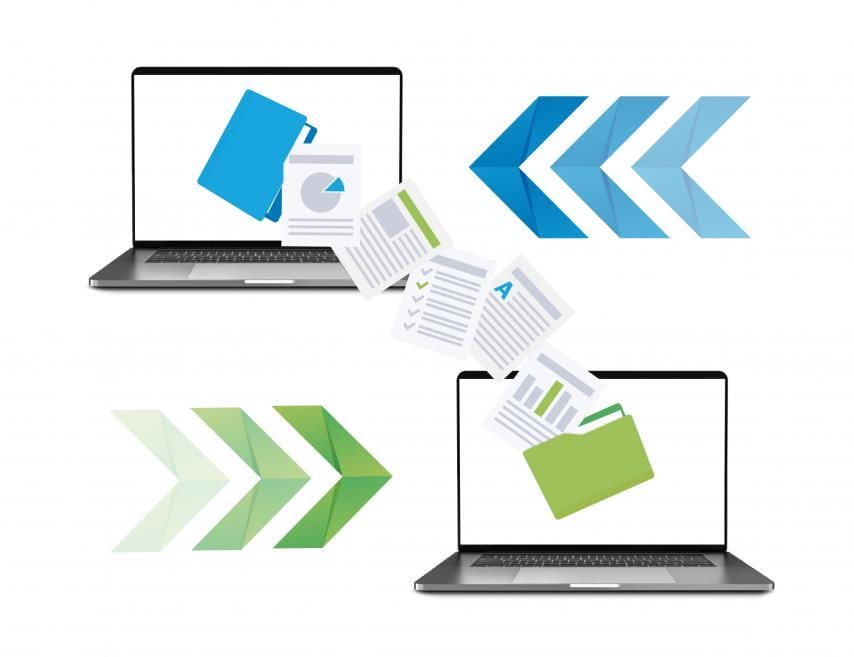Moving beyond compliance with EDI ERP Integration

July 12, 2021
EDI ERP Integration: Unlock the true value of electronic trading
EDI Integration for Xero, QuickBooks, Sage and many others….
For many small and medium sized businesses (SMB’s) the first time they have heard of Electronic Data Interchange (EDI) is when they win a new deal with a retailer or other trading partner and they are told that they will need to exchange business critical documents, including orders and invoices, electronically via EDI.
Meeting a customer’s EDI requirements
After a quick Google search, many find that they can quickly and easily pay for an entry-level web EDI solution that will enable them to comply with their new customers’ electronic trading requirements through a web portal. Whilst web EDI gets companies up and running quickly and easily and is indeed a solution we offer at TrueCommerce, there is far more to EDI than just complying with your customers’ trading requirements.
EDI should not be seen as simply a cost of doing business, even if the initial driver is a customer mandate – it’s a strategic investment for small and medium sized businesses (SMB’s) that makes you more competitive, delivering ROI multiple times over. With that said, the key to unlocking the full value of EDI is for companies to move beyond just compliance to an EDI solution that is fully integrated with your Enterprise Resource Planning (ERP) system, whether that’s Xero, QuickBooks, Sage or one of the many other business systems available.
Why EDI and ERP Integration? 
EDI ERP integration increases the speed and efficiency of trading with your customers by removing the manual processes otherwise needed to move data between your EDI and ERP systems. This is particularly important as transaction volumes increase or more customers ask you to trade electronically. In fact it is fairly common for companies who initially opted for web EDI to find themselves as their business grows drowning in manual processes, which are notoriously time consuming, costly and error prone, and consequently upgrade to a fully integrated EDI solution.
Automating the exchange of EDI messages with EDI and ERP integration enables you to process more orders in less time and redeploy internal resources into more strategic areas of the business. It also increases the level of service you deliver to your customers, as not only do you eliminate the errors caused by manual data entry into your EDI and ERP systems, advanced error checking and validation maintains data integrity within your ERP system and automatically flags issues so they can be rectified before they impact your customers.
EDI Integration: How it Works
TrueCommerce EDI ERP Integration
If you are currently relying on one or more web EDI solutions or customer portals and you want to improve the efficiency and accuracy of your order fulfilment and invoicing processes by sending and receiving EDI messages directly from your ERP system, whether that’s Xero, QuickBooks, Sage or one of the many others available, please contact us to arrange a call or demo. We also have a number of resources that you may find useful:
Share this post:
Categories
Stay ahead of the competition
Get expert supply chain insights delivered directly to your inbox weekly.
